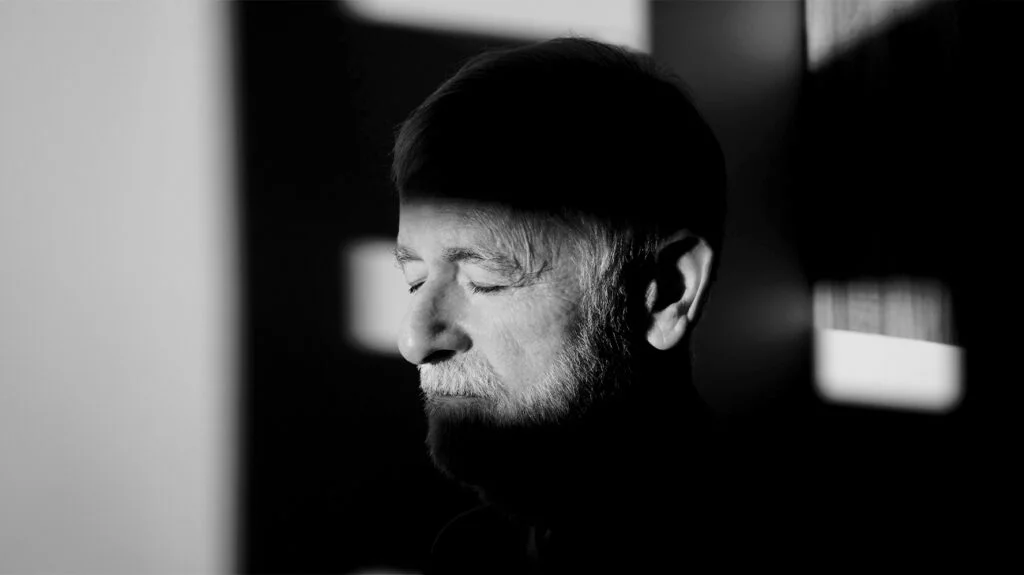Can Parkinson’s Be Caused by Head Trauma?
Exploring the Connection Between Head Injury and Parkinson’s Disease
Key Takeaways:
- Head trauma, particularly recurrent concussions, may raise the risk of developing Parkinson’s Disease later in life.
- Trauma-related damage to the basal ganglia — the area of the brain responsible for movement — may contribute to symptoms.
- Certain patterns of falls, such as falling backwards, are often associated with Parkinson’s Disease.
- While head trauma isn’t a direct cause for everyone, it’s a recognized risk factor alongside genetics and environmental contributors.
The relationship between head trauma and Parkinson’s Disease is a growing area of research. Although not a direct cause for everyone, concussions and repeated head injuries may contribute to developing the condition.
Can Parkinson’s Be Caused by Head Trauma?
Studies suggest that traumatic brain injuries (TBI) — particularly concussions and repeated head trauma — may be a contributing risk factor for developing Parkinson’s Disease.
This connection lies in the damage sustained by the basal ganglia, a key part of the brain that controls movement. Trauma can affect these neuronal circuits, adding stress and dysfunction that may manifest years later as Parkinson’s symptoms.
Can Concussions Lead to Parkinson’s?
The short answer is yes — concussions may be a contributing factor in developing Parkinson’s Disease, particularly when someone has sustained multiple head injuries.
Research shows a greater prevalence of Parkinson’s in people with a history of concussions, although it’s not a definitive cause-and-effector in all cases.
Other factors — such as genetics, lifestyle, and exposure to toxins — may combine with trauma to increase the likelihood of developing the disease.
Can Concussions Cause Parkinson’s?
A single concussion is unlikely to cause Parkinson’s Disease on its own, but recurrent head trauma — especially from contact sports or accidents — may damage neuronal circuits and raise the risk.
This phenomenon underscores the importance of protective measures, proper recovery, and reducing repeated injuries to help lower future risk.
Which Way Does a Parkinson’s Patient Fall Down?
People with Parkinson’s Disease frequently fall backwards, a phenomenon known as retropulsion.
This happens due to:
- Poor balance and reflex responses
- Bradykinesia (slow movement) and stiffness
- Postural instability, which makes it hard to regain balance once they start falling backward
Such falls underscore the importance of physical therapy and balance training to help reduce the risk of injury.
Final Thoughts
While head trauma isn’t a definitive cause of Parkinson’s Disease, it’s a recognized risk factor — especially when repeated.
Concussions and closed-head injuries can affect the areas of the brain that control movement, adding stress to the nervous system and making it more susceptible to dysfunction in the future.
Get Expert & Professional Help Today!
If you or a loved one is experiencing symptoms of Parkinson’s Disease — whether related to a past head trauma or not — physical therapy can help.
Synaptic Rehabilitation offers tailored physical therapy programs to improve balance, coordination, and independence for people with Parkinson’s Disease in Bridgewater, NJ.
Contact us today at 908-801-6425 to learn more and start your journey toward a better quality of life.
Steven Cheung, DPT
Steven is the founder and lead physical therapist at SYNAPTIC Rehabilitation. He earned a BS in Exercise Science Applied Kinesiology from Rutgers University in New Brunswick, NJ and his Doctorate degree from American International College in Springfield, MA. Steven specializes in movement disorders such as Parkinson’s disease and many other neurological disorders. Outside of practicing physical therapy Steven enjoys time with his wife, running, and staying active.

